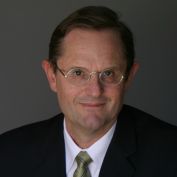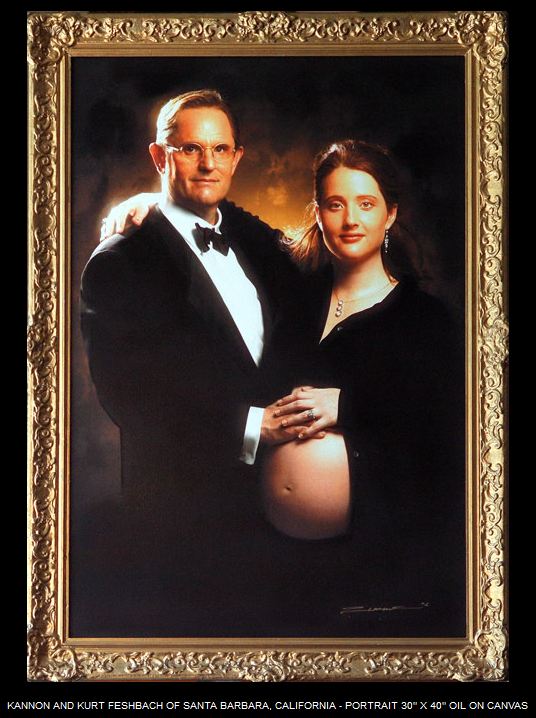The Narconon center’s landowner has asked federal Judge James D. Whittemore that the facility’s connection to Scientology, and the recent deaths of three Narconon patients in Oklahoma, be kept from a jury if the lawsuit goes to trial. We have copies of two motions that Hernando County filed this week pushing back on that request.
And actually, we can think of several other things that a jury should hear if this case gets its day in court.
Tampa Bay Times reporter Barbara Behrendt has been all over this story for three years, and she’s carefully explained how a simple zoning request in a town about 60 miles north of Scientology’s Clearwater, Florida spiritual headquarters turned into a federal lawsuit.
But even the Tampa Bay Times has left out key details about who is behind the zoning request, and just how deep the connections go between the Narconon facility in Brooksville and the Church of Scientology itself.
In August 2008, a Clearwater company, Toucan Partners LLC, purchased a 3-acre site in Hernando County that was home to an assisted living center for elderly residents. Those residents were then moved out, and a drug rehab program, Narconon of Spring Hill, took over, creating something it called Suncoast Rehabilitation Center.
The Times has mentioned numerous times that Toucan Partners is “a firm with ties to the Church of Scientology.” But actually, the truth is more interesting than that.
A quick check on Florida state public records shows that Toucan Partners is one of Kurt Feshbach’s companies.
The Feshbachs are one of the most interesting Scientology families that ever picked up the cans of an e-meter. High school dropout Kurt and his younger twin brothers, Joe and Matt, became notorious in the 1980s for their success at the predatory practice of “short-selling,” and at one point controlled half a billion dollars of investor money as they looked for stocks to destroy. The Feshbach brothers were featured in both Time magazine’s infamous 1991 cover story on Scientology, “The Thriving Cult of Greed and Power,” and a lengthy profile in a 1991 issue of Spy.
The Feshbachs were also known for donating fabulous sums to the church, and in the mid-1990s their generosity was rewarded as they were given a sneak peek at the “Super Power” routines being developed at Scientology’s International Base east of Los Angeles. Intended to give Scientologists superpowers, the new routines were being worked out for a new $100 million facility in Clearwater — the Super Power Building — which broke ground in 1998 and is still not open.
In 1995, Marc Headley writes in his 2010 book, Blown for Good, the Feshbach brothers were brought to Int Base for special trials in the new routines. “After a few weeks the Feshbachs ‘completed’ the pilot rundowns and donated at least $4 million to the Super Power Building,” Headley writes.
Another member of the family, Joe Feshbach’s daughter Jessica, became somewhat famous for her own contribution to Scientology — as a spokeswoman who was assigned to be the handler of Katie Holmes. During Katie’s early years as Tom Cruise’s third wife, she never seemed to be without Jessica, who was so protective, she became known for answering reporter questions during interviews of Katie. (Jessica married top Scientology spokesman Tommy Davis, but both are now out of the church’s “Sea Org” and are not talking about their time working for Scientology leader David Miscavige. And sadly, in 2011, Jessica’s father Joe Feshbach collapsed and died while on a bicycle ride.)
Kurt Feshbach may not be the high-rolling short seller he once was, but he’s apparently doing well enough to participate in rich person things, like commissioning a painting from Scientologist portraitist-to-the-wealthy, Dick Zimmerman, who has a studio in Clearwater as well as one in Los Angeles. (Zimmerman estimated the price of a similar portrait, one he did of Mexican billionaire Carlos Slim, at $300,000.) Here’s the one Zimmerman did of Kurt and his young wife Kannon, which the artist still shows off at his website…
Feshbach apparently saw in the 3-acre plot of land in Hernando County a good business opportunity. It was part of a larger 11.6-acre parcel that had been permitted for “adult congregate living,” with permission for up to 15 buildings and 150 beds. But that larger parcel was cut up into smaller plots, and by the time Toucan Partners purchased the 3-acre piece of land for $450,000 in August 2008, there were homes nearby that hadn’t been there when it was previously zoned.
The county’s staff initially agreed, however, that Toucan should be able to add three new buildings and expand Suncoast Rehabilitation Center from 21 to 54 beds.
But when the county asked for input from residents, it got an earful about what it was like to live next to a Narconon facility. Residents complained that rehab patients were walking the streets at night, and were noisy. And they hated all the construction traffic as the place prepared to expand.
After taking that input, the county decided to deny Toucan a special permit to expand the Narconon center. And that’s led to the federal lawsuit.
Toucan filed in federal court because it said the county’s refusal violated the rights of disabled people — which is how it characterized patients in rehab. (Toucan is asking for $6 million in damages.)
In depositions preparing for the lawsuit, Toucan objected that the county’s attorney was asking witnesses whether they knew of the ties between Narconon (which runs Suncoast) and Scientology, and whether they were aware of the investigations going on in Oklahoma, where three patients died in only a nine-month period at the flagship facility there, Narconon Arrowhead.
Toucan cried foul, saying that Narconon facilities are independent of the church, and that it would unfairly bias a jury to hear about the Oklahoma deaths.
As we’ve documented numerous times before, the Narconon drug rehab franchises claim to be independent non-profit corporations, but they are really a well-oiled front for the Church of Scientology — Narconon facilities are licensed only through Scientology’s “social betterment” arm, the Association for Better Living and Education, which is in turn staffed only with Scientology “Sea Org” executives. Several witnesses tell us that ABLE’s president, Rena Weinberg, has been a prisoner of Scientology’s bizarre ecclesiastical prison for top officials, known as the “the Hole,” since at least 2007.
Church leader David Miscavige promotes Narconon as an arm of Scientology’s expansion at every public event, and Narconon International was designated a “Scientology-related entity” by the IRS when the church received tax-exempt status in 1993.
More importantly, “students” at Narconon facilities don’t, as advertised, get drug counseling, but instead are trained in Scientology routines almost exactly the way new members of the church are trained.
For example, beginning Scientologists are put through routines called “TRs,” one of which involves shouting instructions at an ashtray. At Narconon, patients are put through the exact same routines. But Narconon officials insist that the “life skills” they teach based on the writings of L. Ron Hubbard are “secular” and not related to the “religious” activities of the church.
If you can tell us when shouting at an ashtray is religious, and when it’s secular, we’d love to know the difference.
But perhaps the most troubling thing about Narconon is the way that deception seems to be a cornerstone of its business model. As explained to us by Lucas Catton, who was once president of Narconon Arrowhead in Oklahoma, the Narconon program is really just “watered down Scientology,” and patients are not told that before they come to the facility. The connection with Scientology is also played down on slick websites that are intended to look like generic referrers to various drug rehab programs, but are in fact designed to funnel people to Narconon. (Catton ran dozens of such sites, which are paid $3,000 for every patient referred to a Narconon facility.)
And in one of the most extreme examples of Narconon deception, court records show that the executive director of the Narconon facility in the Atlanta area deceived a Florida drug court, intentionally giving the impression that she ran an in-patient center with round-the-clock supervision, when her facility was never licensed to give that kind of care.
Deception. Deaths. Bait-and-switch tactics that rope in distraught parents looking for a legitimate rehab facility for their drug-addicted children. Aren’t these things that a county should know about before subjecting its citizens to such a facility?
We’ll be very interested to see if Judge Whittemore decides that a jury should hear any of it.
For now, here are the motions filed by the county this week.
First, the motion about whether Suncoast Rehabilitation’s connection to Scientology should be heard by a jury…
Opposition to Toucan Motion Re Scientology
And second, the motion about whether the jury should hear about the deaths in Oklahoma…








